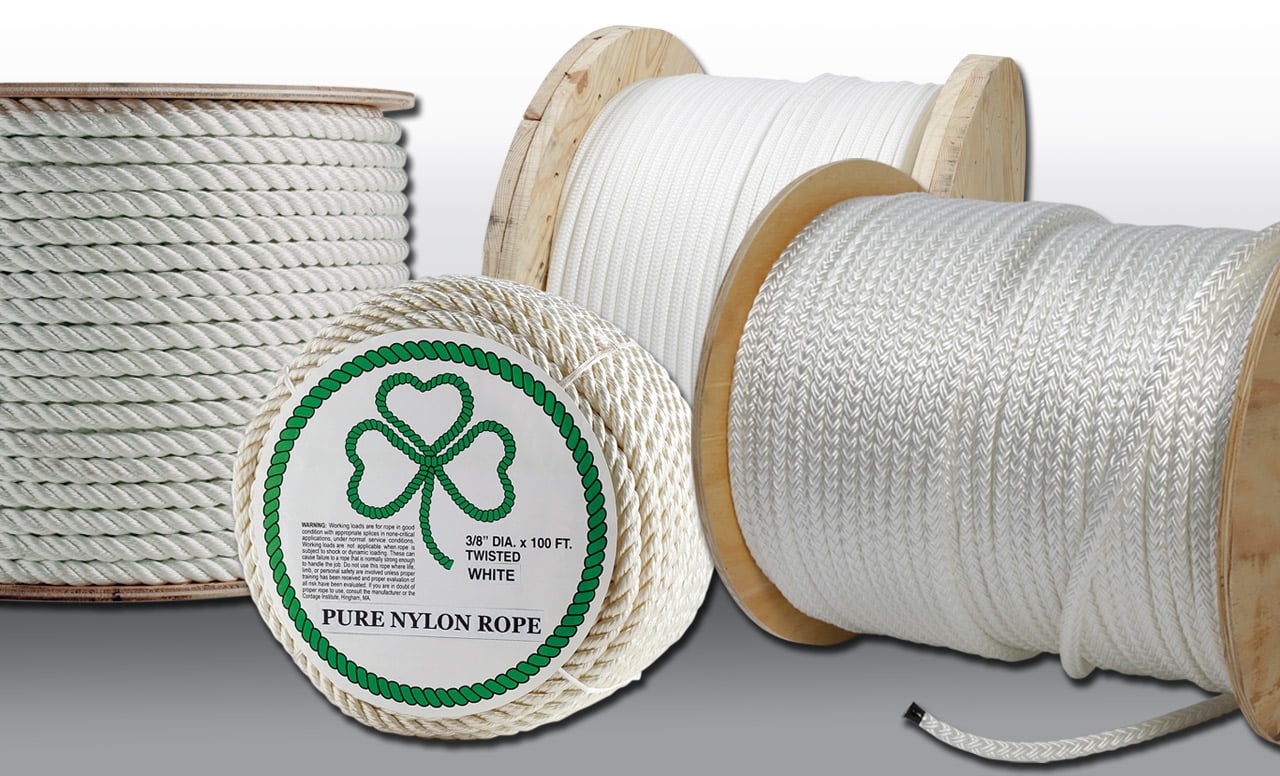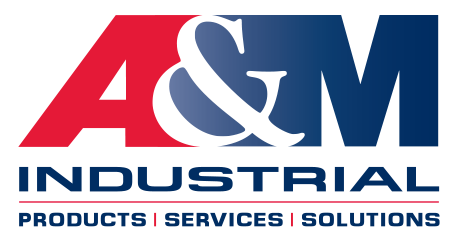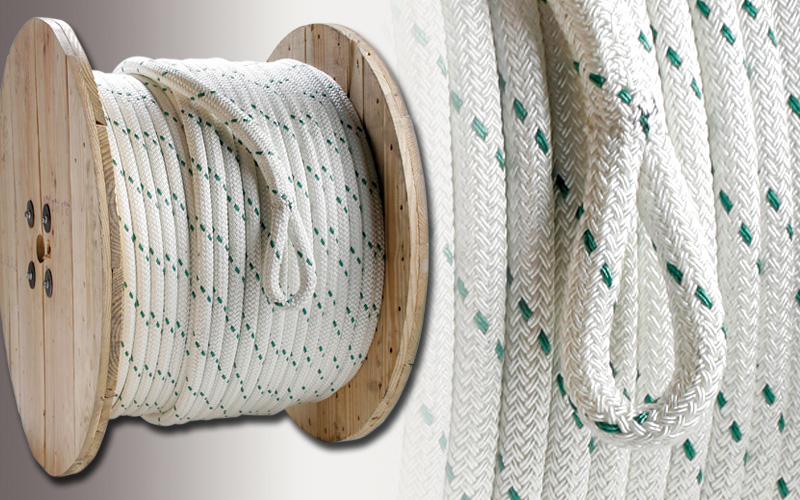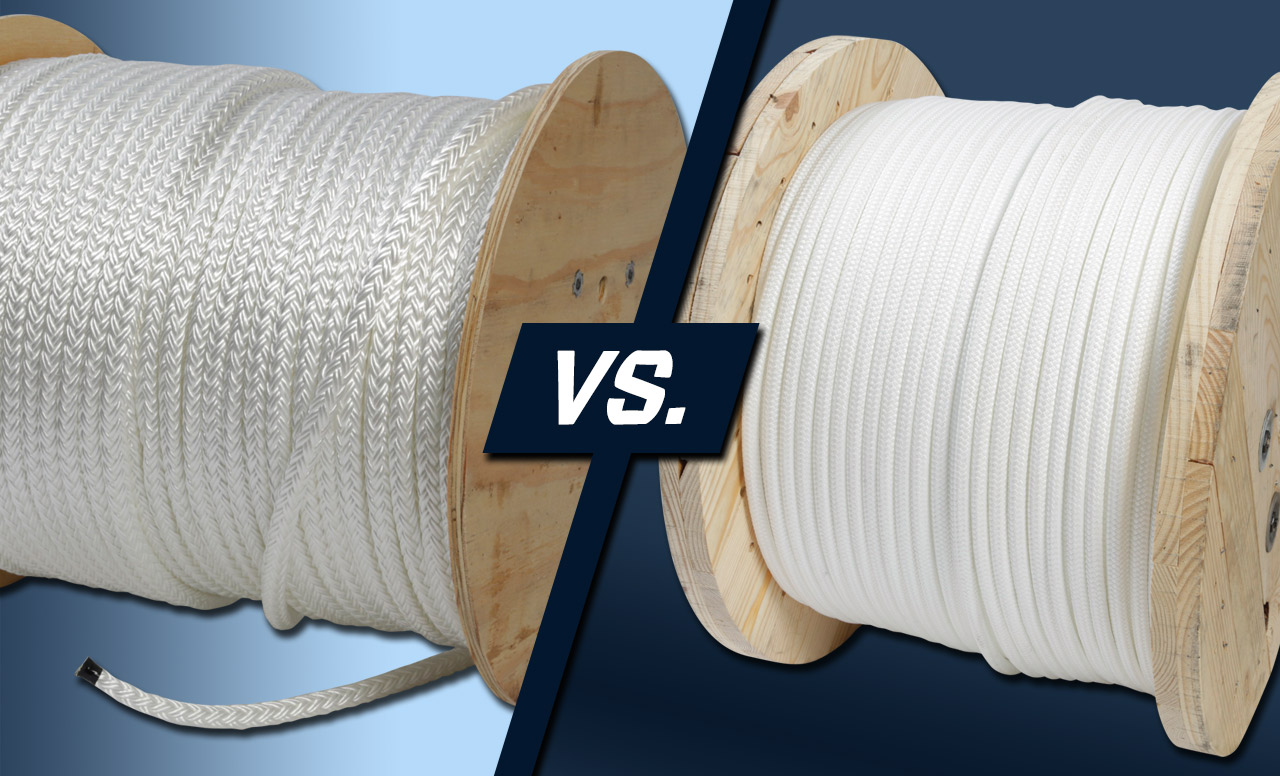Rope Storage, Rope Inspection And Rope Maintenance Tips

Erin Rope is known for its high-performance, high-quality American-made rope and twine products. But even the strongest rope needs proper care to deliver the best performance over time. Whatever Erin Rope product you’re using, routine maintenance and correct storage practices can extend its life, preserve its strength, and improve safety.
In this blog, we’ll guide you through the best practices for maintaining your Erin Rope products, how to inspect them for wear and tear, and how innovations in synthetic rope technology make today’s ropes more durable than ever.
Why Proper Rope Care Matters
Rope products are engineered for durability; however, environmental exposure, improper handling, and neglect can still degrade even the best materials. UV rays, saltwater, abrasion, and heavy loads all contribute to the gradual wear of the material. With a proper care routine, you’ll:
- Maximize the rope’s service life.
- Ensure consistent performance.
- Prevent failures in critical material handling applications.
Proper Storage Of Erin Rope Products
Storing your Erin Rope correctly is the first line of defense against unnecessary damage. All ropes should be stored in a clean dry location, out of direct sunlight and extreme heat. Natural fiber ropes, if not kept dry, will rot over time, reducing tensile strengths dramatically.
Rope Storage Best Practices:
- Keep rope clean and dry between uses.
- Avoid prolonged exposure to sunlight.
- Store in a cool, dry place, away from direct heat or corrosive substances.
- Coil ropes properly to avoid kinks, twists, or flattening.
Inspecting Erin Rope for Wear and Tear
Rope inspection should be a continuous process that takes place before, during and after each use. When fiber shows wear in any given area, the rope should be re-spliced, downgraded, or replaced.
 What to Look For When Inspecting Your Rope:
What to Look For When Inspecting Your Rope:
- Fraying or fuzzing fibers: common on high-friction points
- Glazed or melted spots: a sign of heat damage from overloading or friction
- Discoloration: could indicate UV degradation or chemical exposure
- Stiffness or hard spots: suggest internal damage to the rope’s core
- Cuts, nicks, or broken strands
If any of these signs are visible, retire the rope from load-bearing use immediately!
Tip: Keep a log of rope inspections for critical applications, especially in professional or safety-critical environments.
Advancements in Synthetic Rope Technology
Thanks to innovations in synthetic fiber technology, today’s ropes, like many of those from Erin Rope, are more durable, versatile, and reliable than ever.
Key Innovations Include:
- Improved UV stabilizers: extend outdoor rope life
- Advanced fiber coatings: enhance abrasion and chemical resistance
- Low-stretch blends: provide superior load control (especially in polyester ropes)
- Heat-resistant fibers: offer better performance under heavy friction or dynamic load
Erin Rope continues to integrate cutting-edge technologies into its rope lines, ensuring customers receive maximum durability and safety.
Treat Your Erin Rope Like the Tool It Is
By following these simple yet essential rope maintenance and rope storage practices, you’ll maximize the performance and lifespan of your Erin Rope products. Regular inspections, correct storage, and an understanding of the latest material innovations all contribute to safer, more effective rope use in every application. For more information on how to inspect and maintain your rope, contact the A&M Industrial Material Handling Team.


